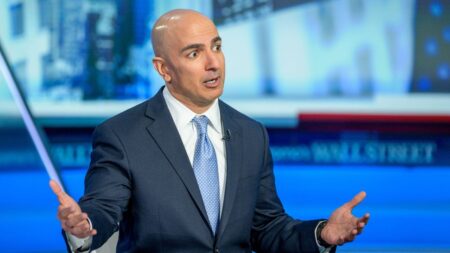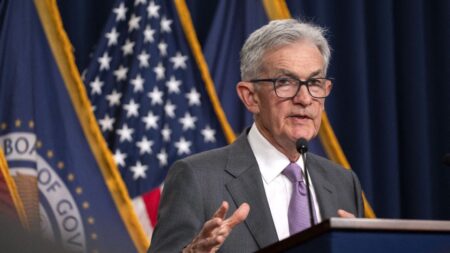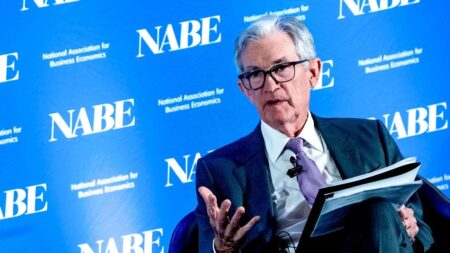FRANKFURT (Reuters) -The European Central Bank still needs more evidence that inflation is heading back to its 2% target before it can cut interest rates, even if there is growing confidence that price pressures are easing, two key policymakers said on Thursday.
The ECB has kept rates steady at a record high since September but slowing growth and easing price pressures are fuelling rate cut talk with investors expecting the first move in April or June.
“The incoming data suggest that the process of disinflation in the near term in fact may run faster than previously expected,” ECB chief economist Philip Lane said in Washington.
While this may be seen as a positive, faster disinflation will lead to higher real income growth and this could then add to inflationary pressures in 2025 and beyond, complicating the outlook, he said in a speech at the Brookings Institution.
“We need to be further along in the disinflation process before we can be sufficiently confident that inflation will hit the target in a timely manner and settle at target sustainably,” he said.
Belgian central bank chief Pierre Wunsch, speaking in Brussels, was similarly cautions, arguing that there were some hopeful signs on wages, the most closely watched component of price setting, but not enough for the ECB to start rolling back restrictive policies.
“Let’s be honest, we won’t get full comfort within a reasonable period,” Wunsch said at an event organised by think tank Bruegel.
“So I think there is some value to waiting to get some more detail on wages, but at some point we are going to have to bet on where inflation is going.”
Wages are a key issue because workers have lost some of their real incomes to inflation and are now demanding compensation, threatening to fuel even more price pressures if firms are forced to make excessive payments.
Lane however said that wage indicators are now showing some signs of mild deceleration in wage growth even if plenty of crucial data from the fourth and first quarters were still missing.
The ECB will next meet on March 7 when new economic projections are also presented, seen as a likely trigger for at least a discussion about rate cuts over the following months.
Read the full article here











